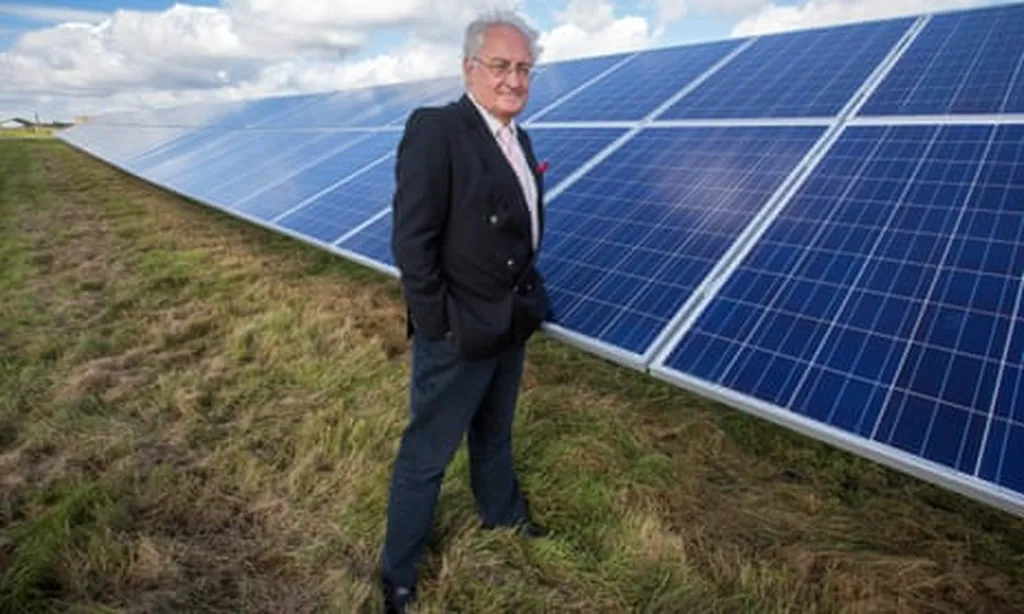In the sweltering heat of Tel Aviv-Yafo, Israel, a fascinating study has uncovered a compelling truth about pedestrian behavior that could reshape urban design and energy sector strategies. Michelle Levenson, a researcher from the Department of Environmental, Geoinformatics and Urban Planning Sciences at Ben-Gurion University of the Negev, has published groundbreaking findings in the journal ‘Buildings & Cities’ (translated to English as “Buildings & Cities”), revealing how shade significantly influences where people choose to walk.
Levenson and her team conducted extensive observations at 34 urban sites during the hottest summer days, using high-frequency imaging to count pedestrians and micrometeorological measurements to assess environmental conditions. Their data, collected from a sample of 5,263 individuals, showed that approximately 60% of pedestrians sought refuge in the shade. But here’s the kicker: when shaded and unshaded spaces were equally available and functional, over 70% of pedestrians opted for the shade. This preference wasn’t just a matter of comfort—it was a direct response to the intensity of solar exposure.
“The actual availability of shaded space was found to be a consequential factor,” Levenson explained. “The relative quantity of shaded space correlated strongly and directly with the percentage of people using it.” This means that providing ample shade isn’t just a nice-to-have amenity; it’s a critical factor in encouraging pedestrian activity in hot urban environments.
For the energy sector, these findings could have significant commercial implications. As cities worldwide grapple with the effects of climate change and the urban heat island effect, the demand for energy-efficient cooling solutions is on the rise. Shade structures, such as solar canopies, green roofs, and strategically placed trees, can reduce the need for air conditioning and lower energy consumption. By integrating these elements into urban design, cities can create more walkable, thermally comfortable environments that appeal to residents and visitors alike.
Moreover, the study’s novel method for examining pedestrian route preferences provides a valuable tool for urban planners and policymakers. By understanding how shade influences pedestrian behavior, they can make informed decisions about infrastructure investments and urban design strategies. “This research provides empirical evidence for developing urban design policies focusing on enhancing outdoor shade to increase walkability under hot conditions,” Levenson noted.
As cities continue to grow and temperatures rise, the insights from this study could shape the future of urban development. By prioritizing shade provision, cities can create more sustainable, energy-efficient, and pedestrian-friendly environments. For the energy sector, this presents a unique opportunity to innovate and develop solutions that cater to the evolving needs of urban populations.
In the words of Levenson, “Under hot conditions, shaded routes are likely to attract more pedestrians.” And with this knowledge, the stage is set for a new era of urban design that puts pedestrian comfort and energy efficiency at the forefront.

